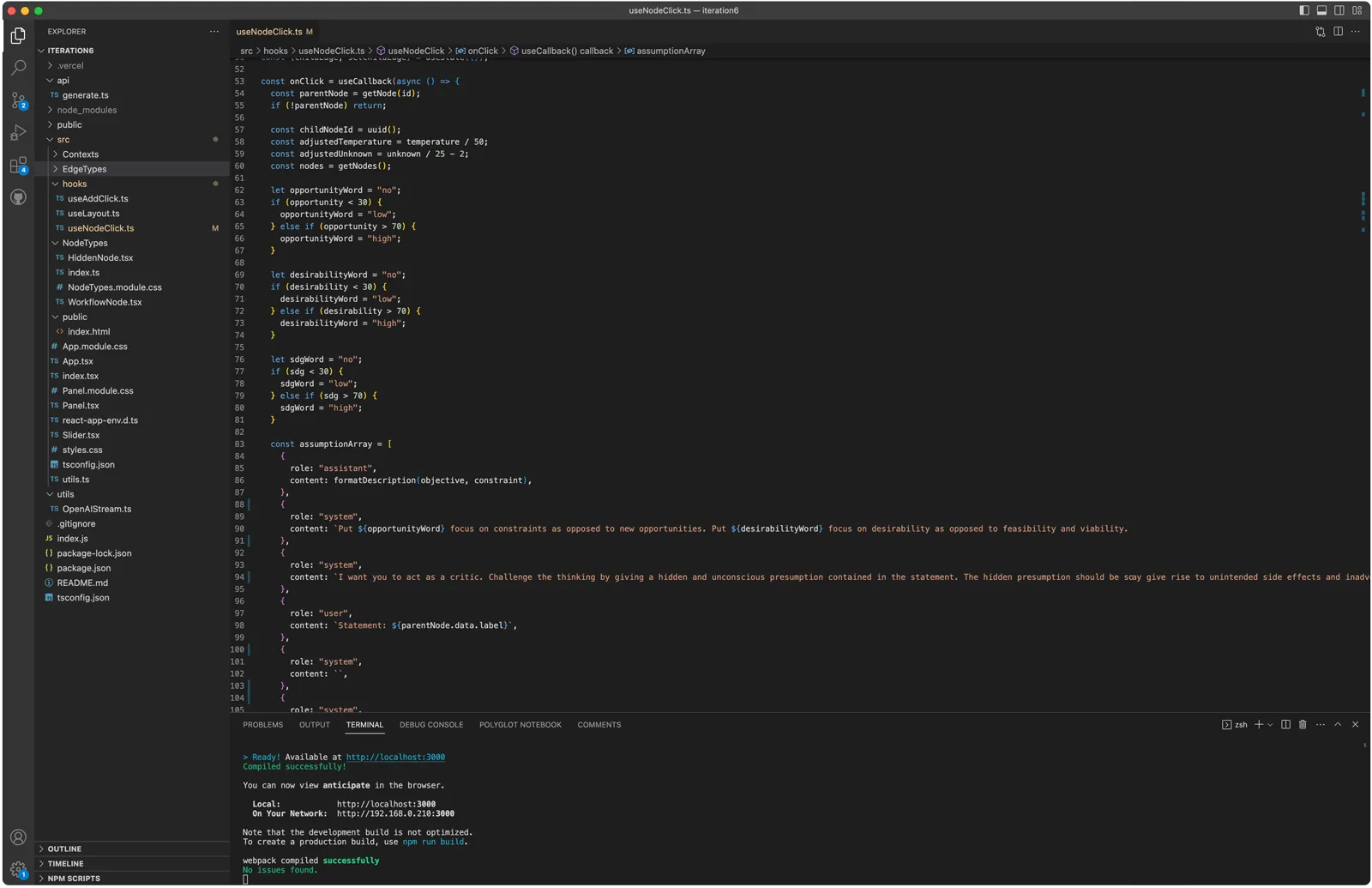Locked in the Present
When used in the design process, AI consistently delivers the most
probable outcomes, using its ability to analyze and predict on vast
amounts of data. Using human-created data, the large language models
are based on current thought structures and thus project the current
beliefs into the future.
see more
↓
minimize
↑
There are inherent problems in using AI in design. Biased human data
could lead to undesirable results, which makes the propensity to
prioritize the most probable outcomes detrimental to design.
The large language models are founded on data that tends
to retain our societal thought patterns, implying that AI alone cannot
solve problems that need a shift in thought structures. Complicating
the matter is the existence of self-reinforcing loops, further
solidifying societal thought patterns and influencing actions and
expectations that drive our communities.
The training data
of AI represent human perceptions and interpretations, as explained in
"Preferable Futures" by Nohr and Kaldrack. They note that
"data-driven AI exposes the prejudices and wishful thinking of
those who feed it, thus stabilizing social structures and
expectations. AI has been used in various contexts to limit
uncertainties, whether in decision-making systems, training
simulations, or full enterprise simulations. These applications share
a common goal: controlling or making contingency controllable, leading
to a rationality of "predictability.""
In
business and economics, simulations designed to reduce uncertainties
already impact our society's operations. They go beyond just
scientifically predicting the future, instead suggesting, directing,
manipulating, and creating futures premised on a belief in continuity,
thereby stabilizing trajectories and path dependencies.


